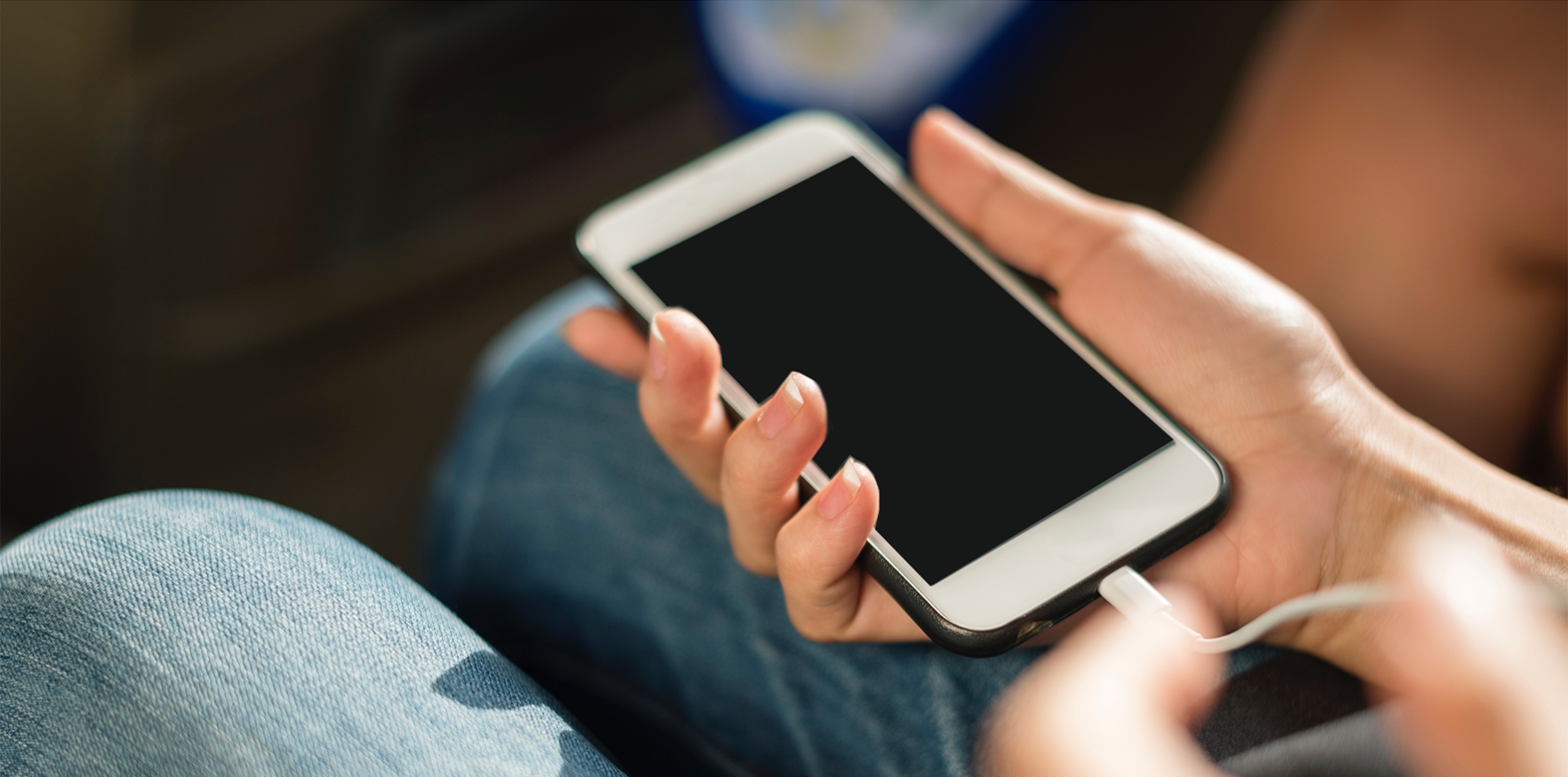
Forcing ourselves to be safe drivers just became that much easier. Afterall, the inclination to quick send or read a text is significantly lessened when you’re unaware of any messages coming in. Our phones are designed with the intention of grabbing our attention. The problem is, they’re succeeding at an alarming rate. The fact of the matter is there are times when we simply do not need to respond to an email, send a text, or make a move on Words With Friends. According to the NHTSA, your chances of crashing are quadrupled when using a phone while driving. Why is that? Driving requires our full attention. This becomes a problem when on average, sending a text requires 5 seconds of looking at your phone. Moving at 55 mph, this is equivalent to driving across a football field with your eyes closed. Now let’s factor in all of the other traffic moving around you. Suddenly, the NHTSA’s statistic isn’t so far-fetched, is it?
Many of those who have been involved in an accident due to a handheld distraction blame the phones as the cause. Though plenty of people would argue this claim, Apple has decided not to fight it. Instead they are implementing a new safety feature with the iOS 11 update called “Do Not Disturb While Driving”. If you choose to turn this feature on, your iPhone will detect when you’re driving and then mute all notifications—keeping your screen dark and boring—until you’ve reached your destination. Not only that, but when you receive a text, the phone will automatically reply to them, stating: “I’m driving with Do Not Disturb turned on. I’ll see your message when I get where I’m going.” For your favorite contacts, it will send an additional message saying: “If this is urgent, reply ‘urgent’ to send a notification through with your original message.”
After your first trip in the car, the phone will suggest that you turn this feature on. It determines when you’re driving either by your phone being connected to a car through Bluetooth, or if it senses through GPS technology that you’re moving at a high speed. It is in no way required, but it is strongly suggested. If it is turned on and you choose to look at your phone anyway, you will be kindly reminded of the decision you made not to look at your phone. In event of emergency or if you’re simply a passenger, this feature can be overridden by pressing any button.
Since drivers have proven unable to put their phones down themselves, the new iPhone update will do it for them.


